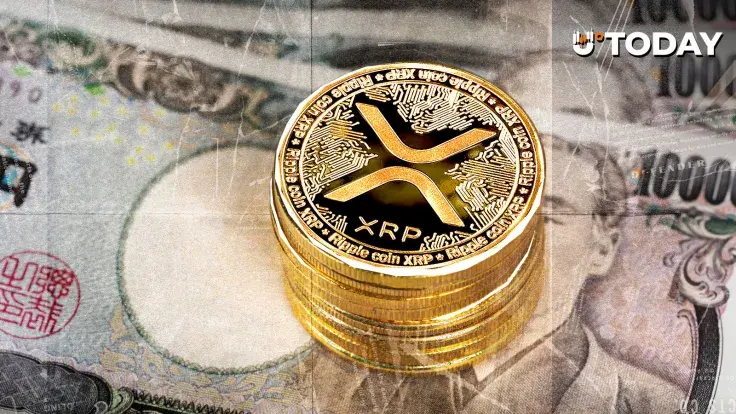
Disclaimer: The opinions expressed by our writers are their own and do not represent the views of U.Today. The financial and market information provided on U.Today is intended for informational purposes only. U.Today is not liable for any financial losses incurred while trading cryptocurrencies. Conduct your own research by contacting financial experts before making any investment decisions. We believe that all content is accurate as of the date of publication, but certain offers mentioned may no longer be available.
There is a growing narrative among XRP enthusiasts that a major unwinding in the Japanese yen carry trade could trigger a global liquidity crisis. In this scenario, these enthusiasts have positioned XRP as the solution to stabilizing disrupted financial flows, starting in Japan and rippling worldwide.
Spike in Japan’s 20-year government bond
An XRP community member highlighted that Japan’s 20-year government bond yield hit 2.751%, increasing by 0.035%.
Higher yields signal investor demand for safer, higher-return Japanese debt amid BoJ tightening. This pulls money back to Japan, accelerating the unwinding, that is, traders selling foreign assets to cover yen loans. Past unwinds caused global volatility, which analysts have warned could happen soon.
The yen carry trade is a popular investment strategy that has fueled global markets for decades. Notably, Japan’s low interest rates make borrowing yen inexpensive.
Traders convert yen to higher-yielding currencies such as USD and invest in assets like U.S. stocks, bonds or emerging market debt. In the end, they pocket the interest rate differential as profit.
It provides cheap liquidity to risk assets, boosting everything from Wall Street to crypto. However, sudden yen strength erodes profits and triggers forced sales.
Analysts note that a liquidity crisis is looming as the carry trade is about to collapse. The trade is reversing due to shifting monetary policies, creating a vicious cycle.
To combat inflation and yen weakness, the BoJ has normalized rates since 2024. This makes borrowing yen more expensive, squeezing profits.
Also, the U.S. Federal Reserve easing cycle narrows the yield gap, making the trade less attractive.
Can XRP stop Japan’s liquidity crunch?
An unwind is not just a Japanese problem but a global liquidity crunch. Trillions in yen-funded investments flood back, selling off U.S. and global assets. This could depress bond prices, spike U.S. yields and trigger stock sell-offs.
However, XRP enters as a proposed fix for the resulting chaos, leveraging Ripple's tech for instant, low-cost global transfers.
In a crisis, banks need quick access to fiat without prefunding accounts. XRP acts as on-demand liquidity, settling cross-border payments in seconds.
Moreover, Ripple has a strategic partnership with Japan’s SBI Holdings, integrating XRP into local payments. Therefore, if yen liquidity dries up, Japanese institutions could use XRP to source USD instantly, bypassing carry trade fallout.
Critics, however, argued that this is hype, noting that XRP’s role depends on adoption.
 Dan Burgin
Dan Burgin Vladislav Sopov
Vladislav Sopov U.Today Editorial Team
U.Today Editorial Team